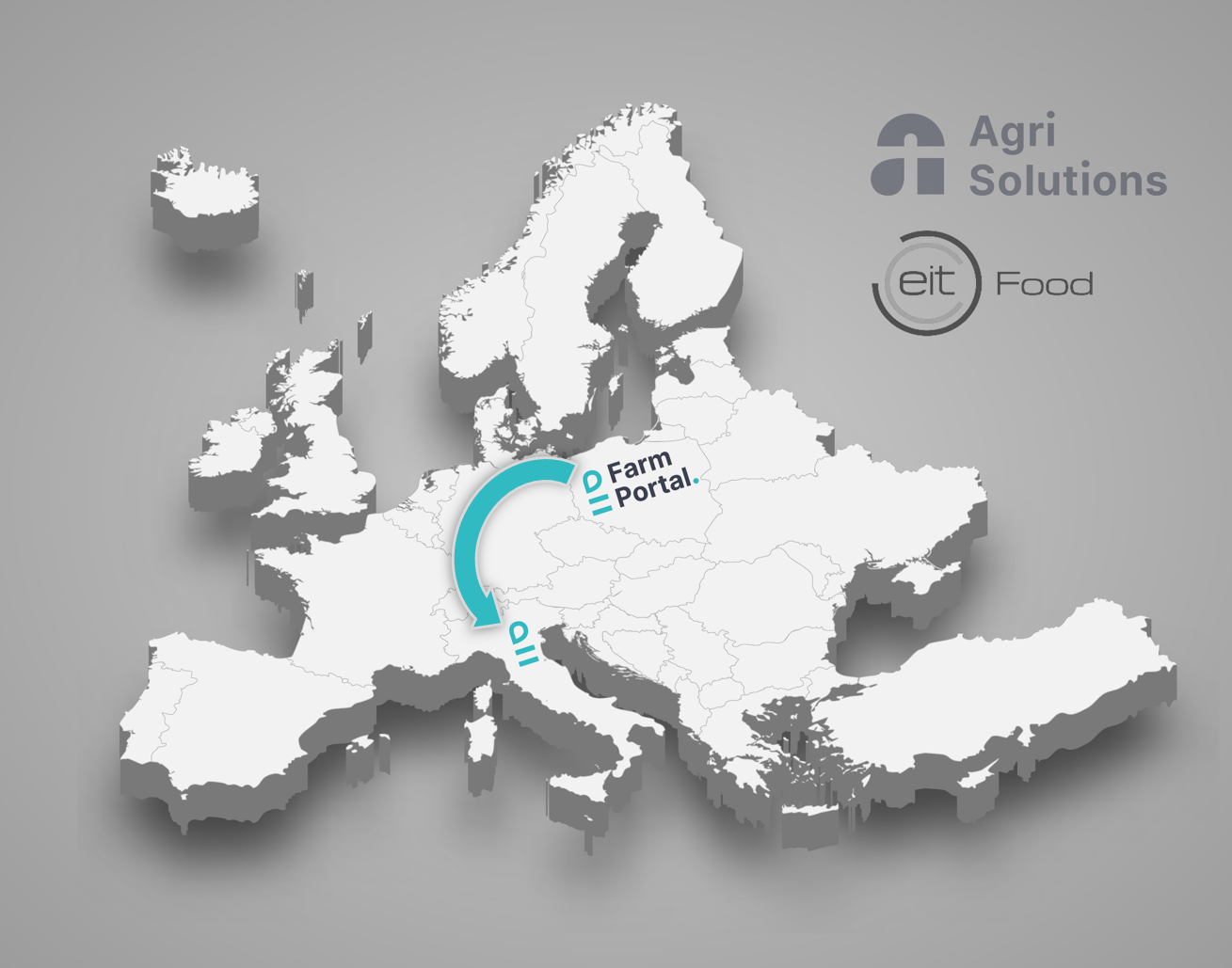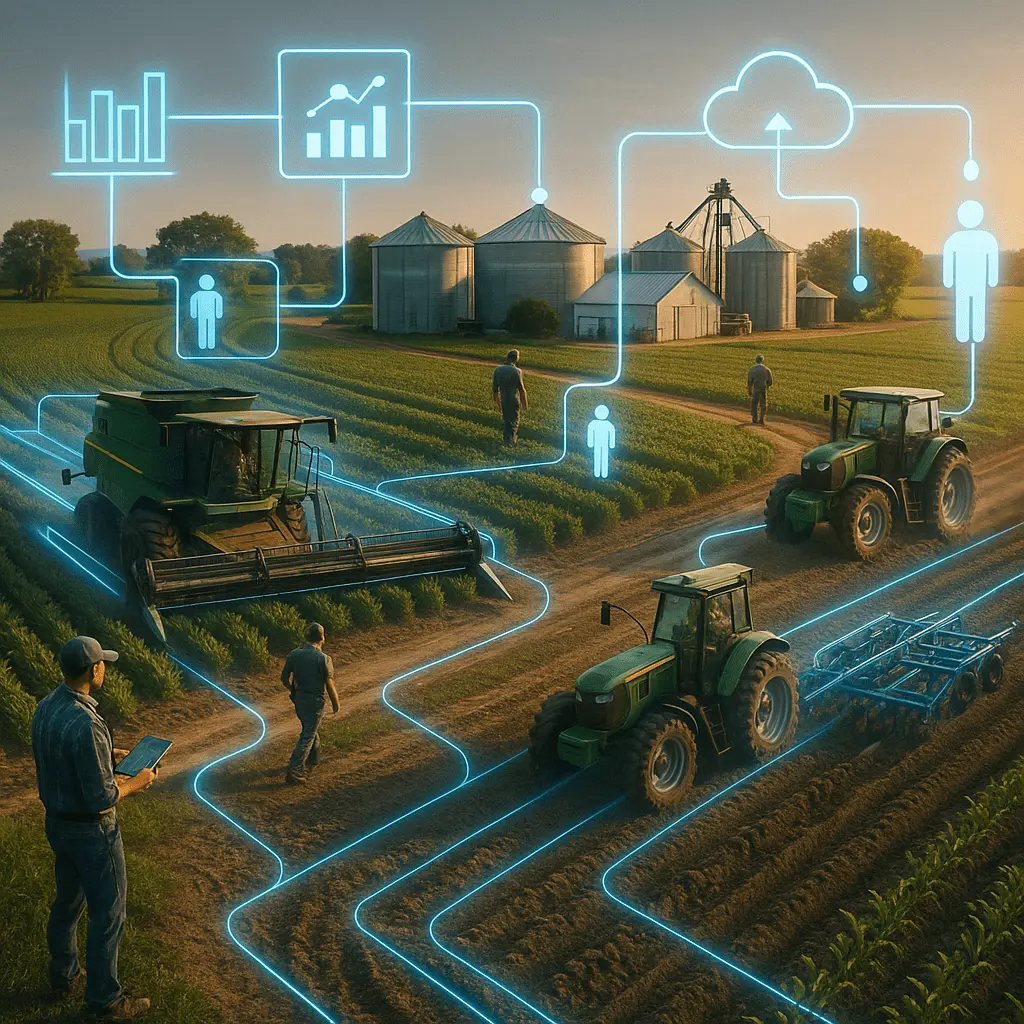In the face of global challenges like climate change, biodiversity loss, and soil degradation, regenerative agriculture is becoming an increasingly popular approach to farming. This innovative farm management system focuses on restoring the land’s condition, improving its structure, and supporting the natural processes occurring in the environment. But what does this really mean? And how can Agri Solutions products help farmers achieve these goals?
What is Regenerative Agriculture?
Regenerative agriculture involves a range of practices already well-known in agricultural environments, such as:
- Crop rotation – rotating different crop species, which helps maintain soil fertility, prevents soil depletion, and ensures proper biodiversity in the environment;
- Cover cropping – planting cover crops between main crop seasons to protect soil from wind and water erosion, enrich it with organic matter, and provide nutrients from deeper soil layers for the following crops;
- Minimal soil tillage – reducing plowing and other mechanical treatments, which lowers carbon dioxide emissions, improves soil structure, and enhances microbial life;
- Establishing buffer zones – creating green areas between fields and water bodies to protect water from contamination;
- Introducing field shelterbelts – planting trees and shrubs on farmland to provide habitat and proper conditions for wildlife;
- Integrating livestock into cropping systems – rotational grazing of animals on fields, which supports natural soil regeneration processes and provides natural fertilizers that significantly affect the soil’s physical and chemical properties.
The goal of regenerative agriculture is the active restoration and strengthening of agricultural ecosystems by improving soil health—such as increasing organic matter content, enhancing structure, and stimulating microbial activity. Another important objective is to increase the soil’s water retention capacity, which helps mitigate the effects of drought. Regenerative agriculture also promotes the selective use of plant protection products, applying them only when a given pest exceeds the economic damage threshold. Increasing biodiversity—both in crops and agricultural ecosystems—is crucial for farmers following this approach. However, the most vital goal is reducing greenhouse gas emissions by minimizing soil cultivation and practicing carbon farming, which we’ll discuss shortly.
Regenerative Agriculture with FarmPortal
Agri Solutions supports farmers in achieving regenerative agriculture goals by offering advanced software—FarmPortal—which helps manage farms in a sustainable and efficient way. Its sophisticated analytical tools enable real-time monitoring of soil parameters, weather, and crop conditions. This allows farmers to make decisions based on reliable data rather than intuition or, as often happens, emotions. FarmPortal also supports the management of soil nutrient content information by allowing the input of results from the latest soil fertility tests. This enables precise fertilization planning, saving both fertilizers and protecting groundwater and surface water from potential contamination. FarmPortal also provides the ability to create various maps—showing both soil nutrient content and specific crops—which allows for efficient planning of a diverse crop rotation system. The software includes AI-based disease models that can precisely indicate the optimal times for pesticide application, ensuring pests are controlled at the most effective moment.
In Summary
Is "regenerative agriculture" something entirely new? The term, concept, and movement may be, but when we closely examine the recommended practices used by regenerative farmers, it’s clear that strategies like diverse crop rotation, soil care, and minimizing tillage are not new—in fact, quite the opposite. All these practices have long been described in the "Code of Good Agricultural Practice." It’s the current EU pro-environmental policy that has placed an even greater emphasis on these measures than ever before.





